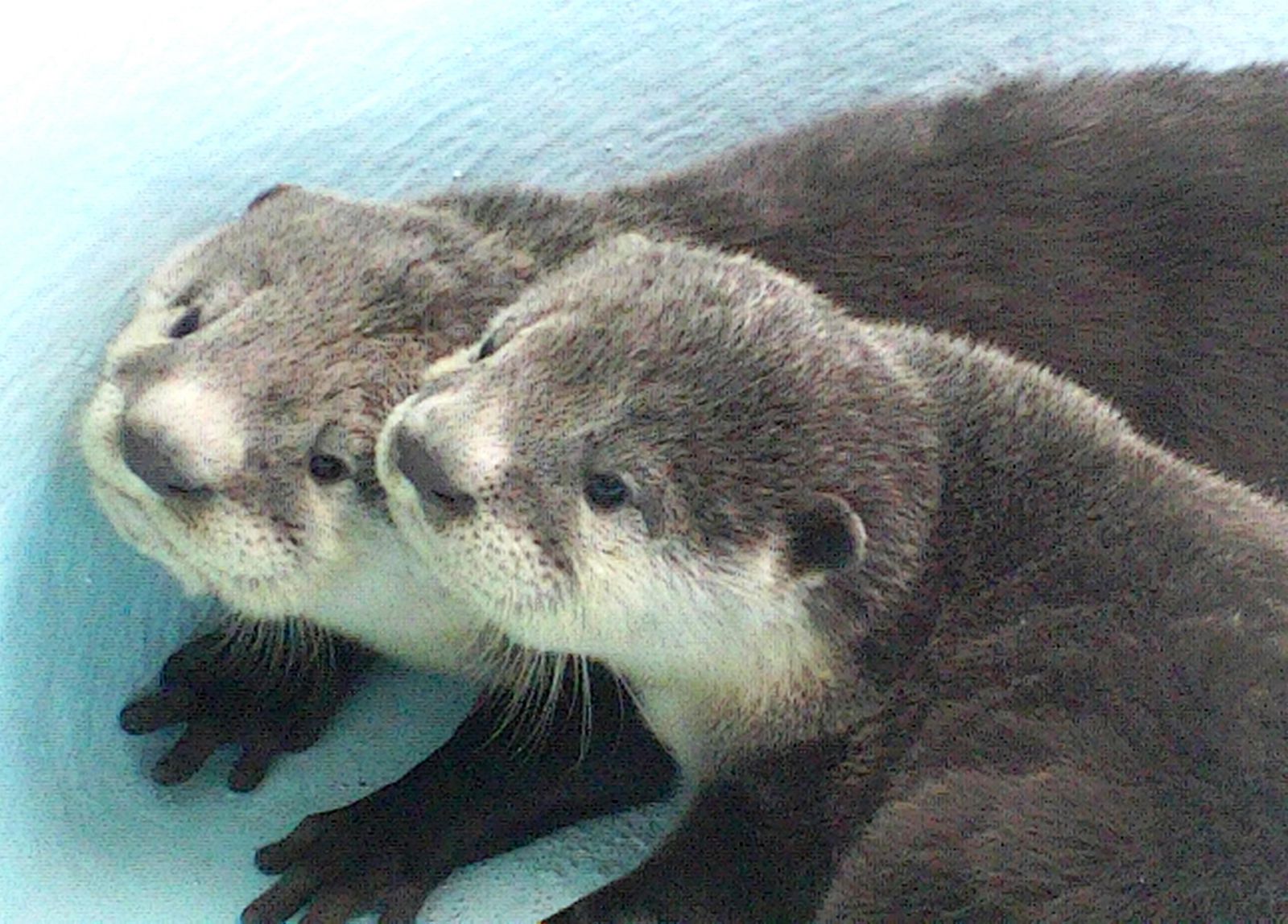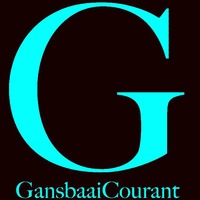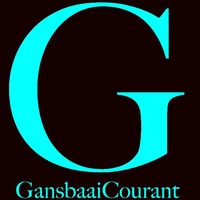
Week after week we read interesting articles about Dyer Island Conservation Trust and the amazing work they do, not only for the marine and mammal world but also for the community. But little does anyone realize the extent and enormous dedication that Wilfred Chivell and Susan Visage have.
Everyone means well when they pick up an animal or bird that is seemingly abandoned, hungry or injured. These creatures are then dropped off at the vet, or people like Wilfred, to care for the animal for a period of time that will decide its fate.
For two weeks now I have been hand raising an orphaned swift. First of all when the well meaners dropped off the bird they had no idea what kind of bird it was and stuck it in a cage with seed and water. They left no donation or ever enquired about the bird ever again as it was “not their bird” and so the responsibility (and cost) became that of the veterinarian. Swifts are migratory birds and do not eat seed. They have tiny talons like hawks to catch insects during flight and they do not perch like ordinary birds. The cost to drive to Cape Town twice plus the purchase of the insects to feed the orphan has now escalated beyond the R1000 mark….the vet’s cost to care for Nature’s bird.
This weekend two baby otters were picked up and removed from their burrow by well meaners “assuming” the mother was dead when in fact she was fishing for food for the pups. These pups are now orphaned as they could not be reintroduced to the parents after spending a night in a human enclosure. The Cape Clawless Otter (Aonyx capensis) is primarily aquatic but marine populations occur when fresh water is nearby for drinking. They can dig burrows in the sand up to 3m deep. These dens are never further than 50m from shore or 15m from fesh water. They do not dive further than 1.5m below the surface of the water. They live for 10-12 years in the wild.
And so it has become the responsibility of DICT to try and raise these pups till they are old enough to re-introduce back into nature. Some of the TRUE costs of removing these pups from their mother is the following:
1. Stress, fear and Anxiety in a wild animal being transported and handled by humans.
2. Lack of suckling response because of unfamiliar surroun-dings and food leading to dehydration and weakness
3. Imprinting of a wild animal onto humans, decreasing its chances of rehabilitation and reintroduction into the wild
4. The time and effort of a FULLTIME dedicated “mother” who has to feed them every few hours 24hrs a day, also during the night while the well meaners are fast asleep.
5. The new mother being bitten, scratched and clawed as the little ones already have teeth
6. The financial cost of milk formula and solids over the next month or longer for two individuals that need to learn how to eat solids, fish and hunt for themselves.
7. The regular supply of fresh fish and crustaceans during a time when the trawlers are not fishing. Frozen and tinned fish is not acceptable as thiamine is destroyed in the free-zing process.
8. 24 hour monitoring of these otters to maintain weight and teach them to swim
9. The health of the 2 otters over the next month could be jeopardized by any factor causing disease or illness.
10. Death if rehabilitation fails.
My plea to the public is to PLEASE think twice before you pick up and remove a wild animal and then make it someone else’s responsibility to care for it while it was doing exactly what it was supposed to do. We all mean well, but do not act in haste when all it would have taken was an hour or two for nature to take care of nature!!
Dr Liesel Trollope
Gansbaai Courant provides the Gansbaai community with the latest in news and interesting stories about and around the area.
View Profile
What is Xplorio?
Xplorio is your local connection allowing you to find anything and everything about a town.
Read More












